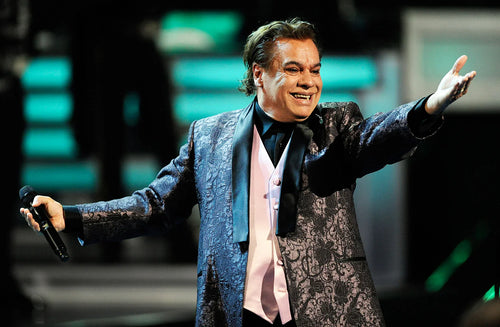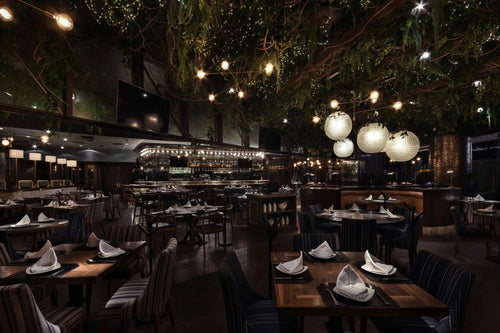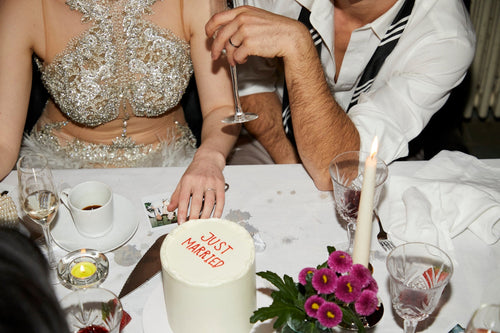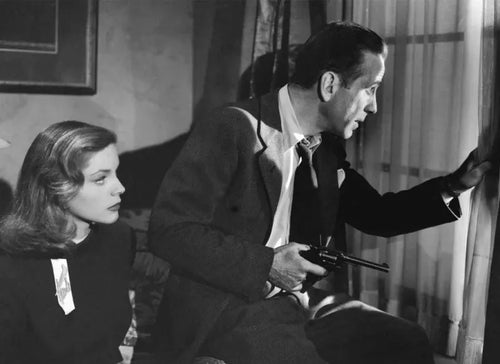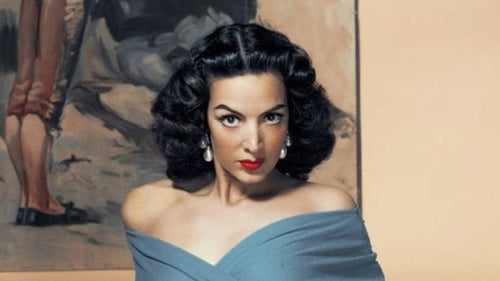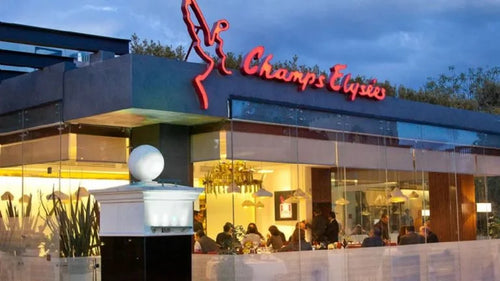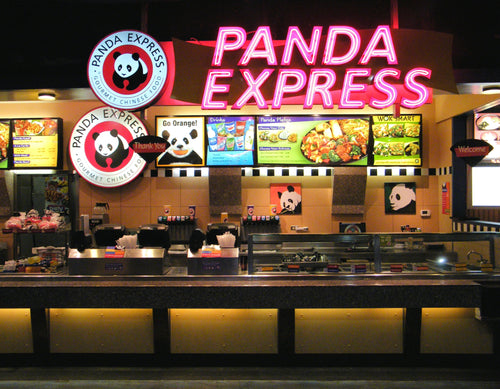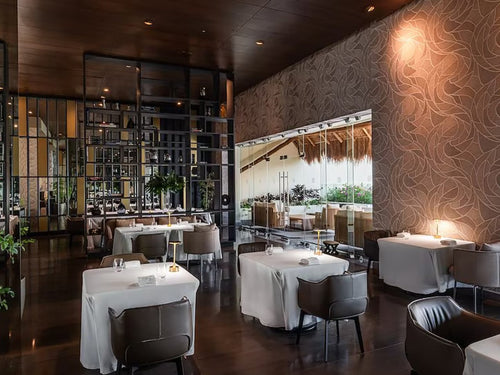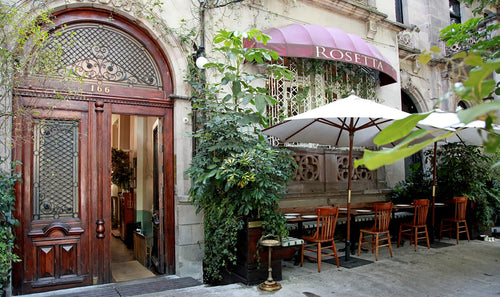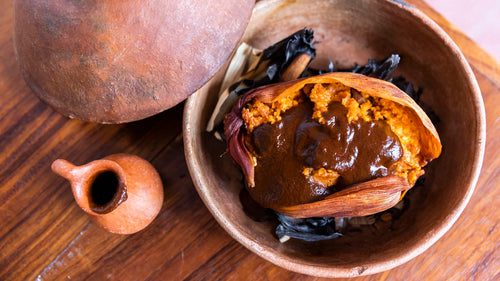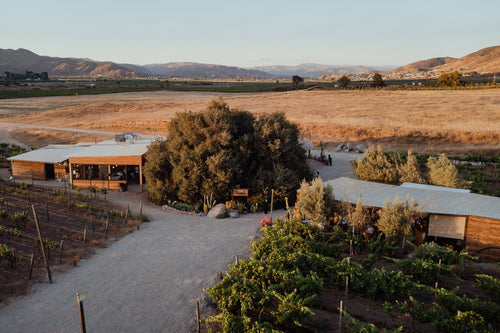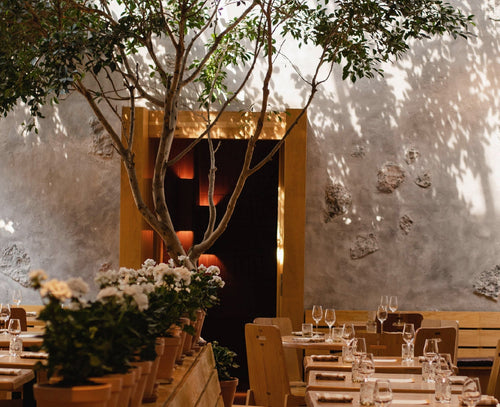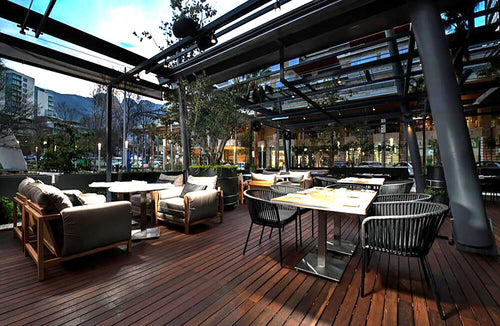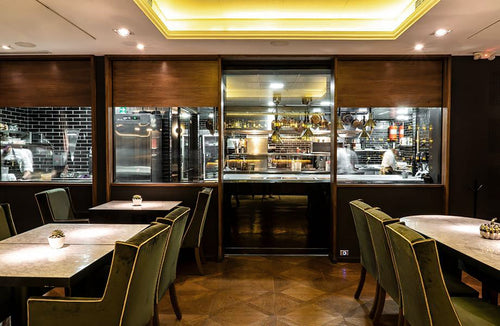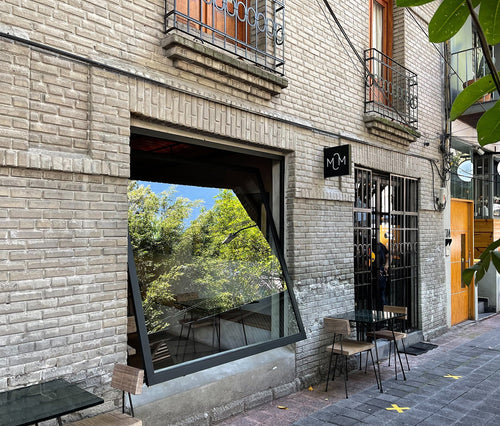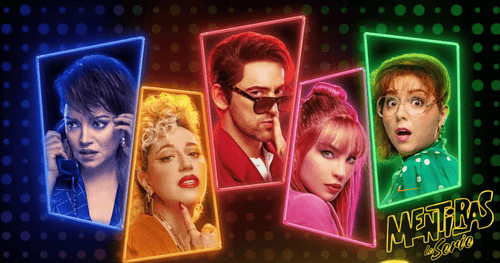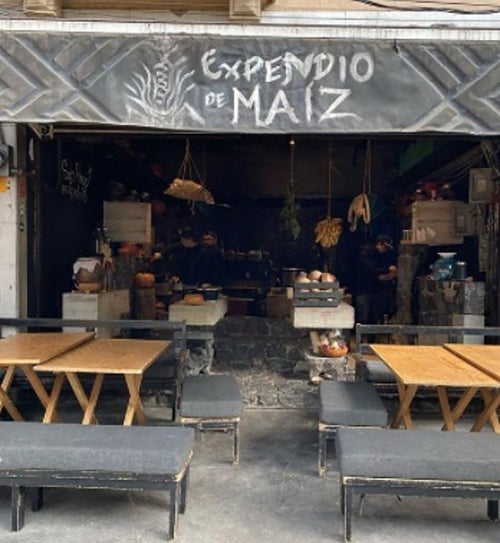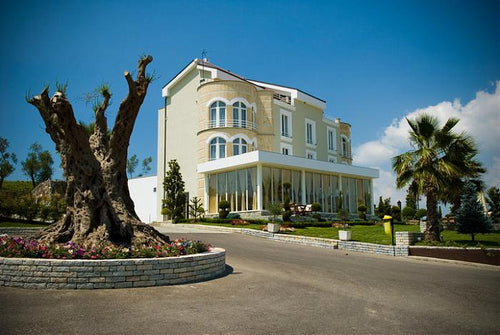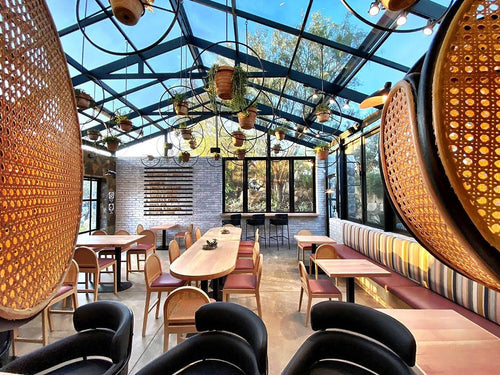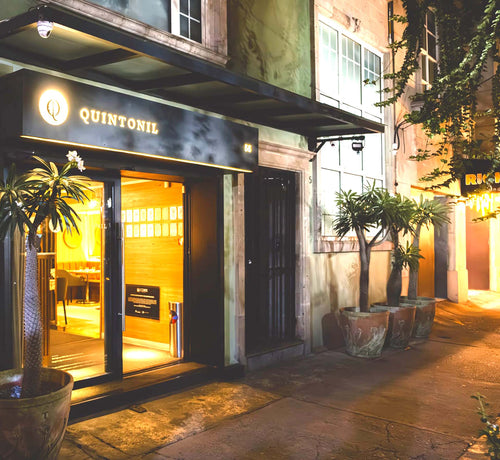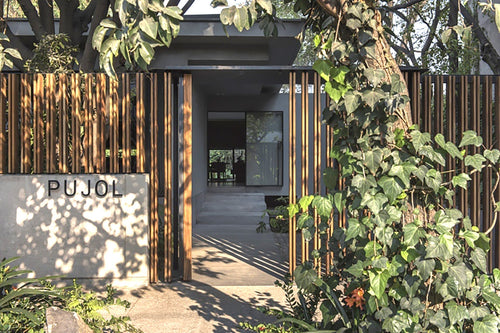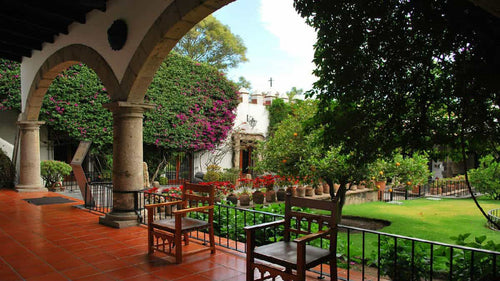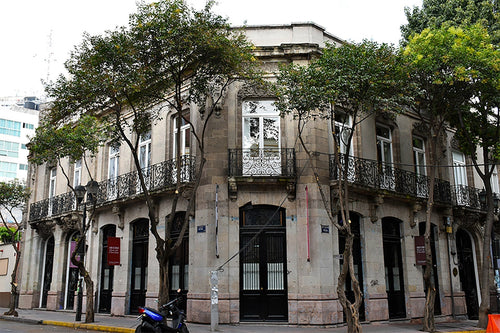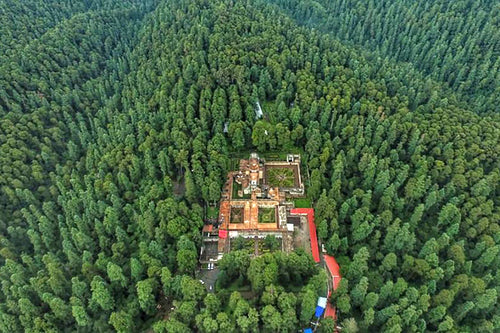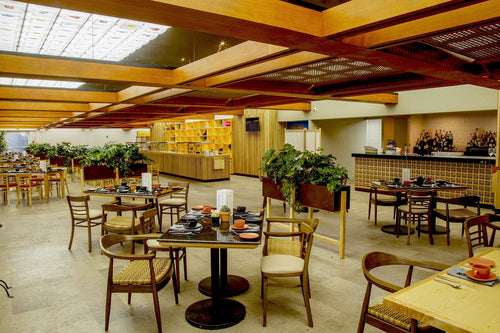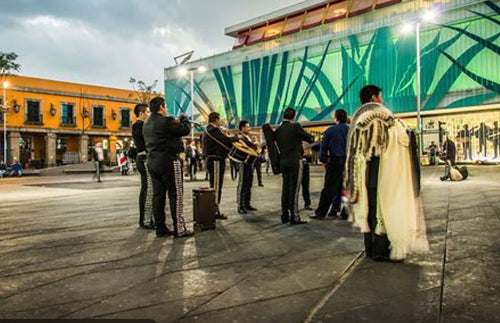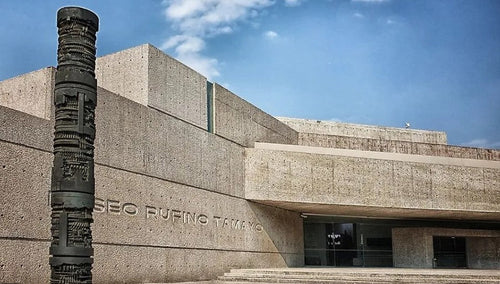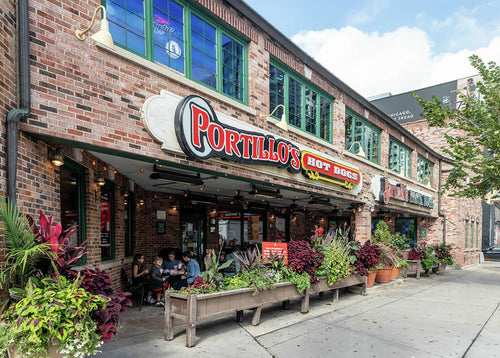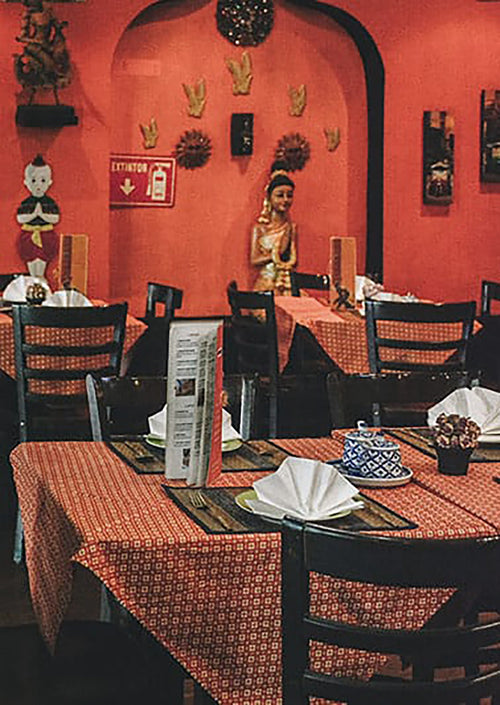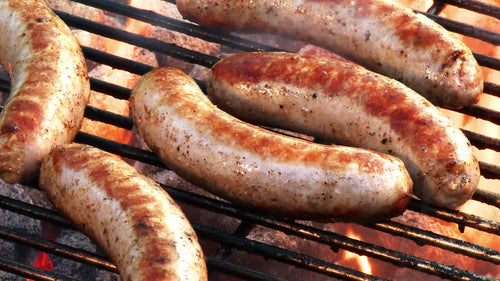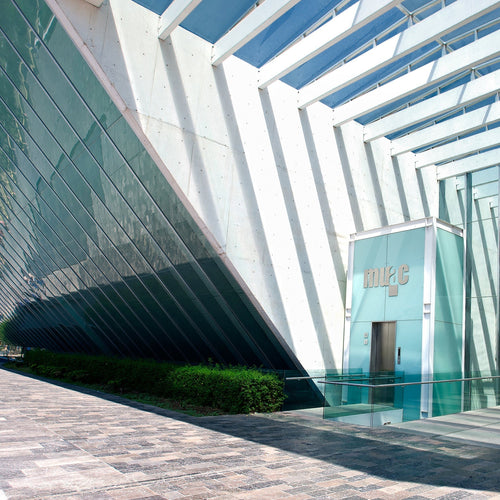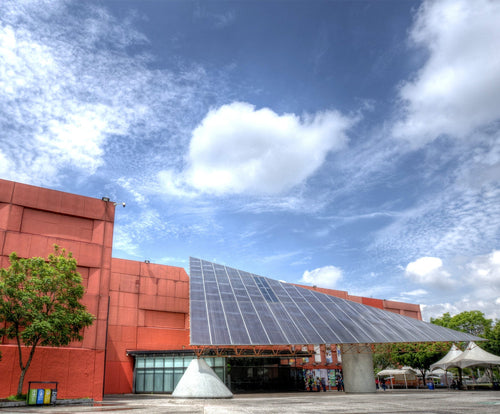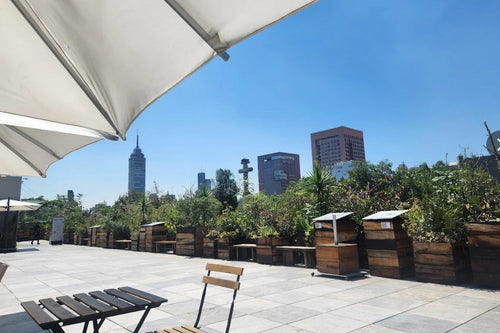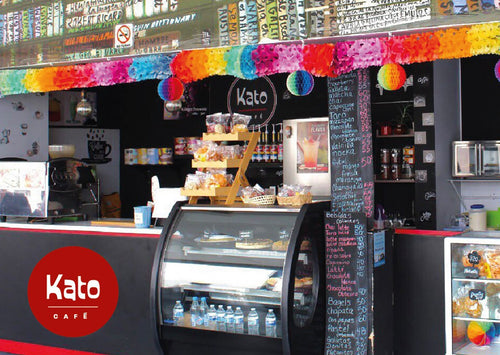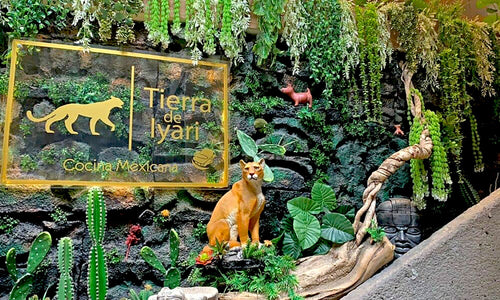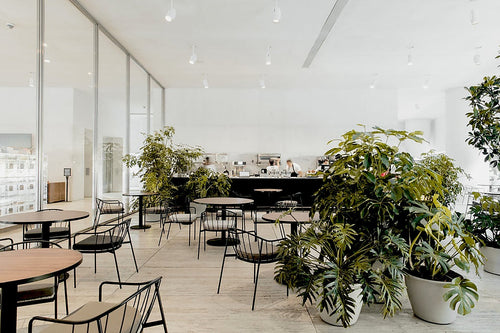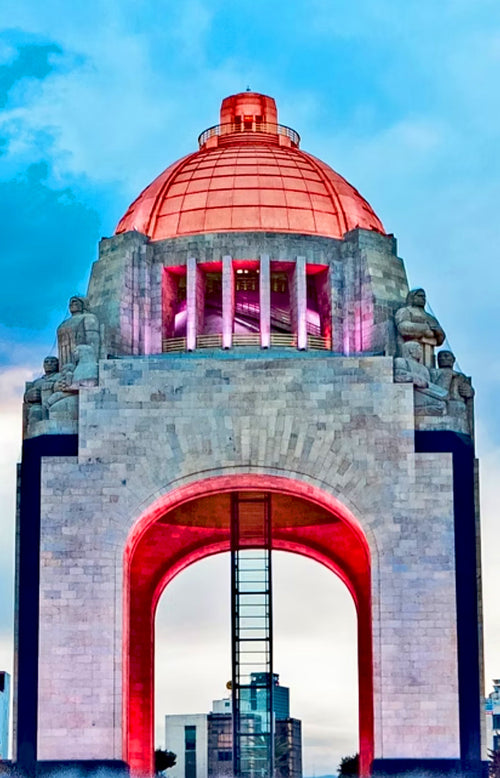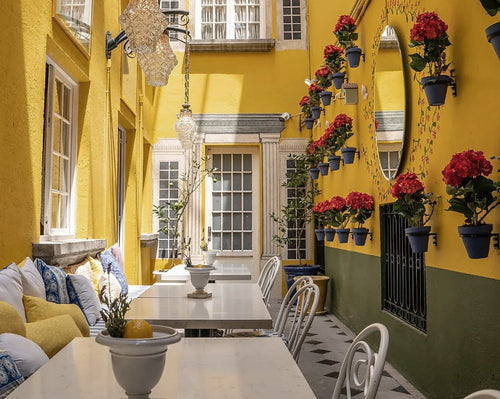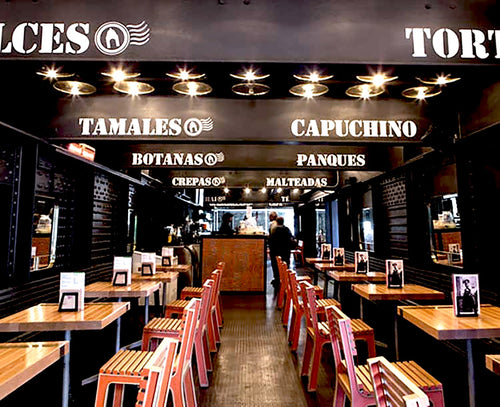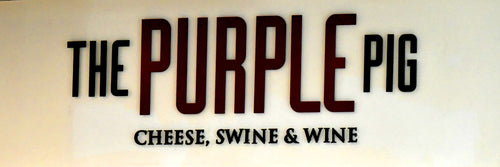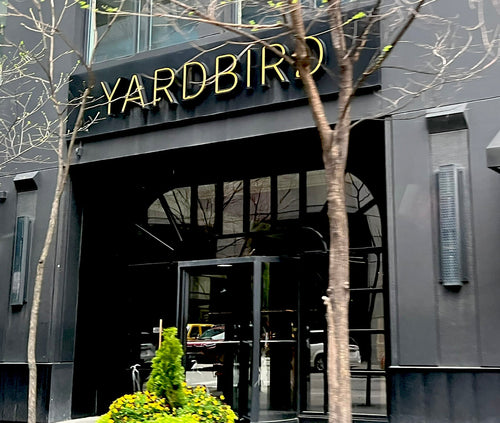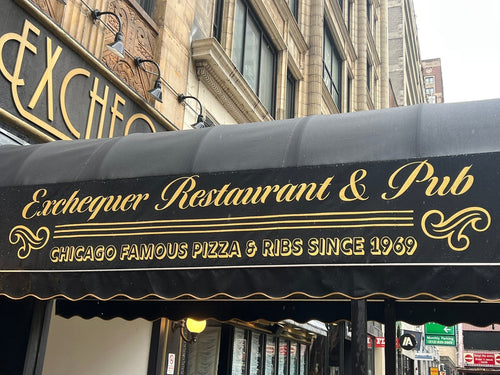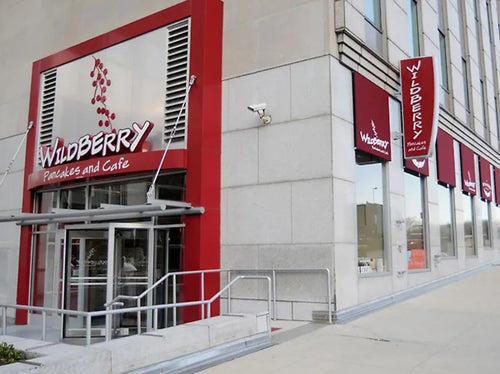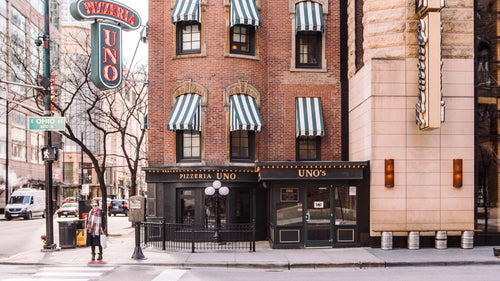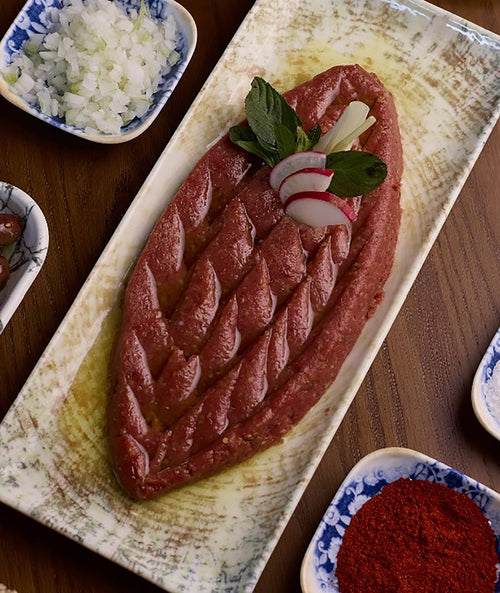Bygone Places in Mexico City / Bar Safari: Mexico’s First Gay Bar
With African-inspired décor, Bar Safari was a pioneer in inclusion, even if its life was fleeting.
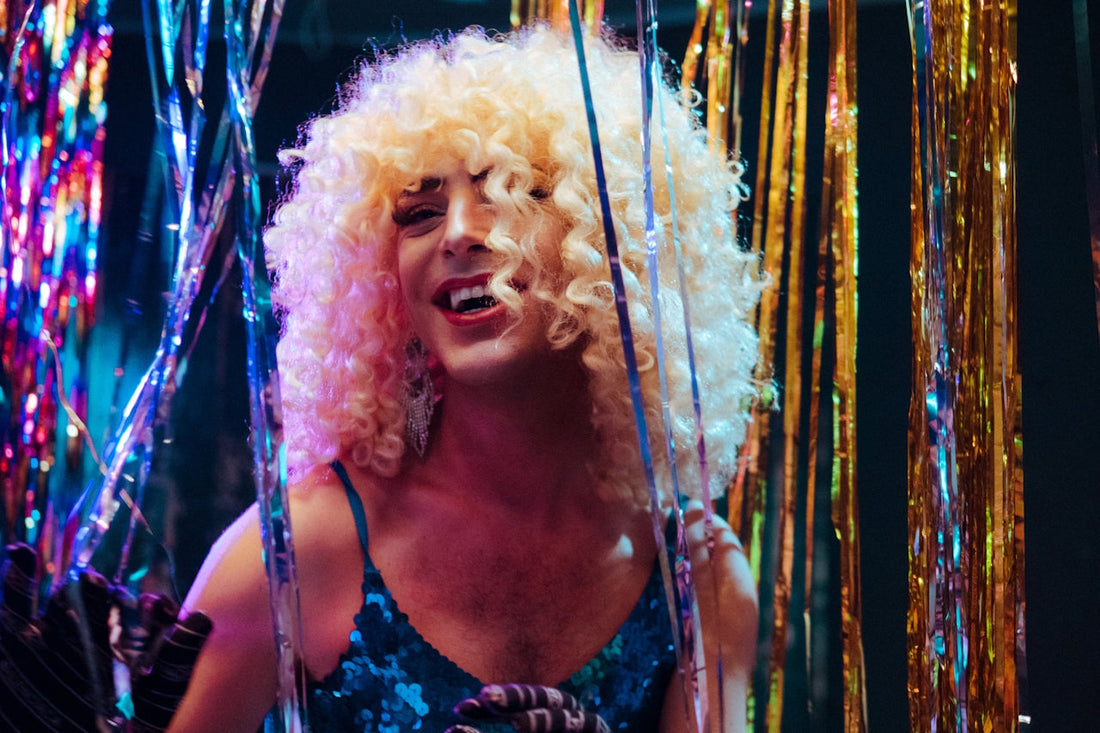
By Alejandro Pohlenz
There were crossed spears, tiger skins, African masks, and all kinds of panoplies supposedly from Africa. (A panoply is a collection of items related to the same theme.) In the middle, there was a small stage for live performances—like the group “Los Pao”, who played a very notorious (and risqué) song called “Los Hermanos Pinzones.” Younger audiences might not recognize Los Hermanos Pinzones—it’s a wordplay full of suggested obscenities.

Regent Uruchurtu
None of the sources consulted mention the exact opening date of Bar Safari. “Early 1960s,” we are told (I was also born in the early ’60s). At that time, the city’s regent—a title for what today is the mayor—was a very conservative figure nicknamed, like Thatcher, “the Iron Regent.” His name was Ernesto Uruchurtu, and he held power for 14 years.

Despite Uruchurtu’s conservatism, Bar Safari was authorized to open. Rumor has it that this was possible because the chief of the judicial police of Mexico City was a closeted homosexual.
No dancing allowed
A surprising fact: Bar Safari did not have permission for people to dance, which was very unusual. So, if a patron, under the influence of alcohol, got up to dance, the waiters would make them sit back down. (Was there a “dance police” back then?)

Bar Safari gained fame thanks to Gonzalo Martré’s novel “Safari en la Zona Rosa” (1970). Martré (1928–2021) was considered by critics of the time to have written a pornographic novel.
Bar Safari was shut down in 1966 (probably the police chief was fired), so its life was unfortunately very short.
Location: Havre and Hamburgo, Colonia Juárez, Mexico City
Status: Closed / No longer exists

